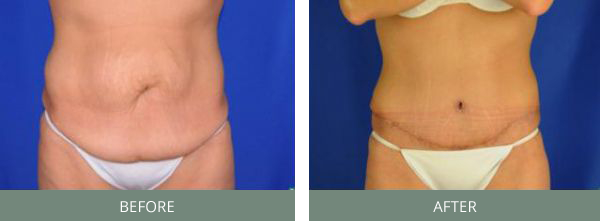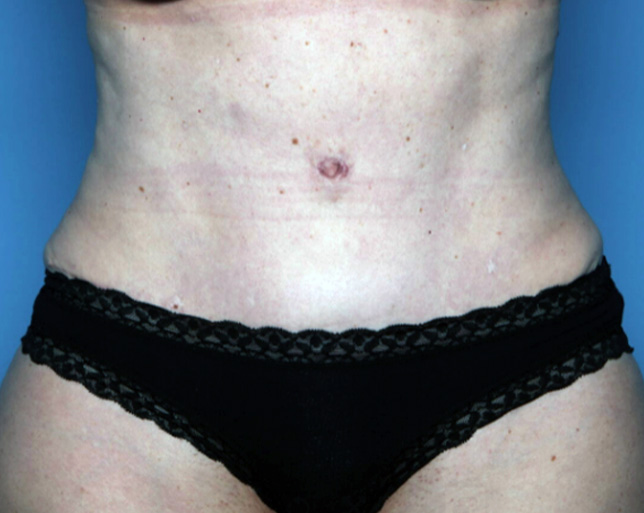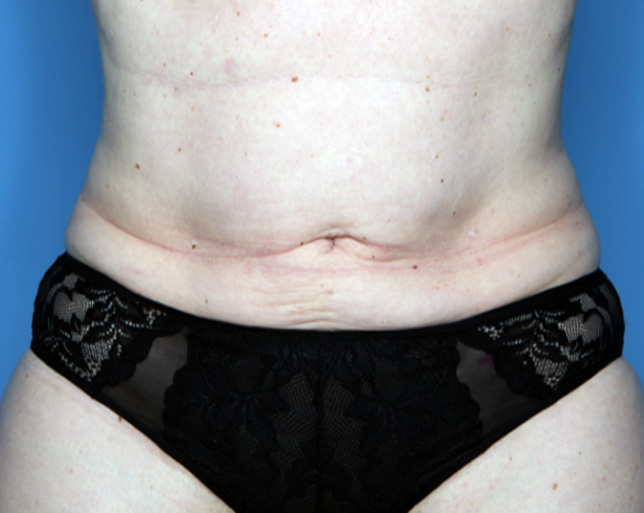SAINT LOUIS BREAST RECONSTRUCTION: LATISSIMUS FLAP
What is a latissimus flap? This procedure is also referred to as the latissimus dorsi myocutaneous flap or the lat flap. In suitable candidates, tissue from the back is transferred to the front to help build a new breast. This procedure provides a nice contour to the breast, is very reliable, and can be combined with either a staged tissue expander or immediate breast implant to add volume to the breast. A back scar that can often be placed at the bra strap line is required to perform this operation. In some cases, the surgeon can take only the skin and fat tissue while sparing the latissimus muscle. This operation is referred to as a thoracodorsal artery perforator or TAP flap and is usually reserved for reconstructing partial defects on the outside of the breast after a lumpectomy, congenital breast deformity or breast injury.
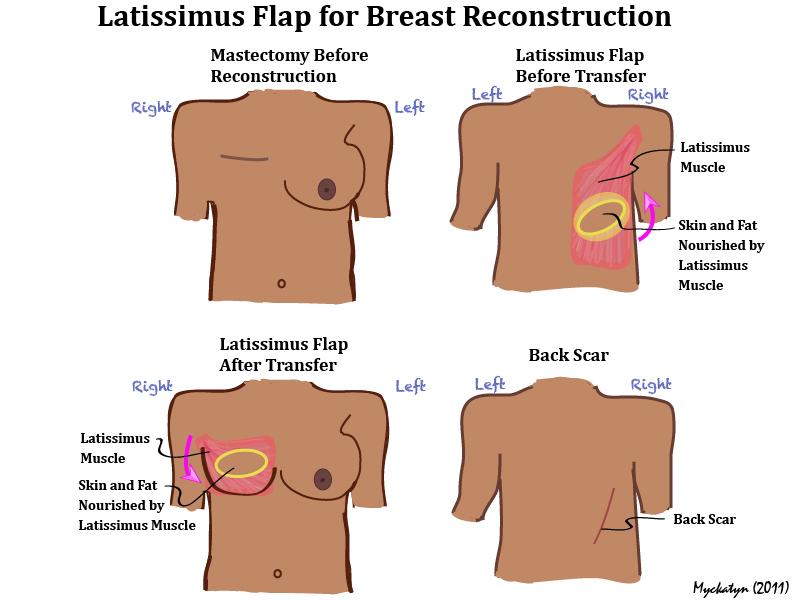
The latissimus flap breast reconstruction is an excellent option in many patients. It is important to know all of your options, however, as other specialized techniques also exist for breast reconstruction. When the abdominal tissues are available for breast reconstruction, for example, free TRAM flaps can be performed with only a sliver of abdominal muscle, leading to a shorter recovery time and improved abdominal wall strength in the long term. In a DIEP or SIEA flap, the abdominal muscles are completely preserved. Depending on the circumstances, other microsurgical options like the transverse upper gracilis (TUG) flap may be possible. This flap uses tissue from the inner thigh to rebuild the breast. Also, a pedicled TRAM flap is an excellent option for breast reconstruction in select patients when a latissimus flap or microvascular surgery is not a suitable option.
Reconstructive timeline with latissimus flap:
- First operation: Breast reconstruction with latissimus flap(s) ± tissue expanders or breast implants ± mastectomy.
- Office visits: Drain removals and wound checks. Fill tissue expander if one is placed.
- 4 months*: “Touch up” cosmetic appearance of latissimus flap, if required; placement of a delayed permanent breast implant, if required; possible balancing procedure on other side. Possible fat grafts to optimize breast contours.
- 7 months*: Nipple reconstruction. Possible fat grafts to optimize breast contours.
- 9 months*: Areola (pigmented circular area that surrounds the nipple) reconstruction with tattoo.
- 12 -24 months*: Laser or IPL scar therapy.

Dr. Terry Myckatyn and
Dr. Marissa Tenenbaum:
Trusted. Experienced. Committed.
* If you are having an immediate latissimus flap (mastectomy and latissimus flap at the same time) and chemotherapy is required, please add 4 months to the timeline. If radiation therapy is also required, please add 9 months to the timeline.
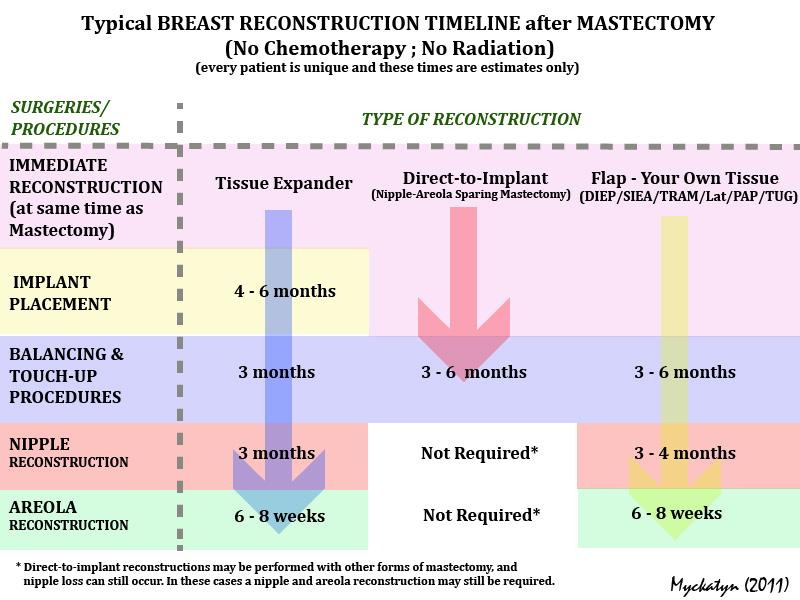
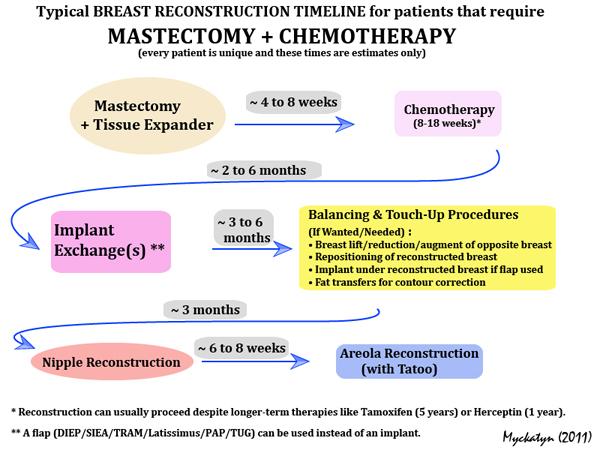
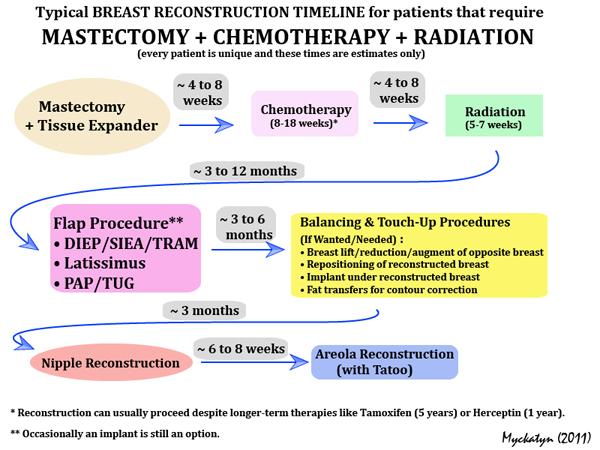
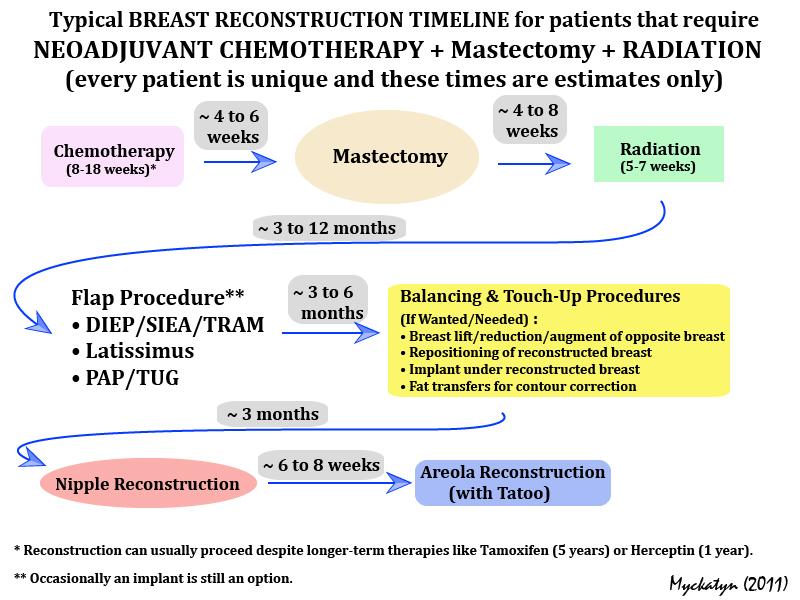
Anesthesia: A latissimus flap is performed with the patient under general anesthesia.
Length of procedure: 2.5 to 3 hours for one breast, 4 to 6 hours for two breasts.
Before & After
Visit our Photo Gallery to see our patient results.
*Results may vary.
View Patient ResultsEstimated recovery time: Hospitalization is usually 3 to 4 days. You can return to work after 3 to 6 weeks, depending on your job, and should avoid vigorous activities for 6 weeks. Visible bruising and swelling should begin to improve within 3 weeks. Recovery time, however, is highly variable and depends on your health before surgery, and history of smoking and radiation therapy. To learn how to prepare for a latissimus flap breast reconstruction and what to expect afterwards, click here to download our patient instructions.
Side effects: Common side effects include bruising and swelling. Blood flow to your flap will be carefully monitored after surgery. Drain tubes may be required for several weeks on the side of the back from which the latissimus flap was taken. You may have some early weakness with forceful movements of your arm toward your body and with pulling movements on the side on which the latissimus flap was performed. However, this flap rarely has an impact on normal activities once you have healed a couple months later on the affected side. Click here to download a detailed consent form from the American Society of Plastic Surgeons that lists the risks and benefits of a latissimus flap breast reconstruction.
If you have questions or would like to book a consultation with one of the surgeons at West County Plastic Surgery, please call (314) 996-8800.







